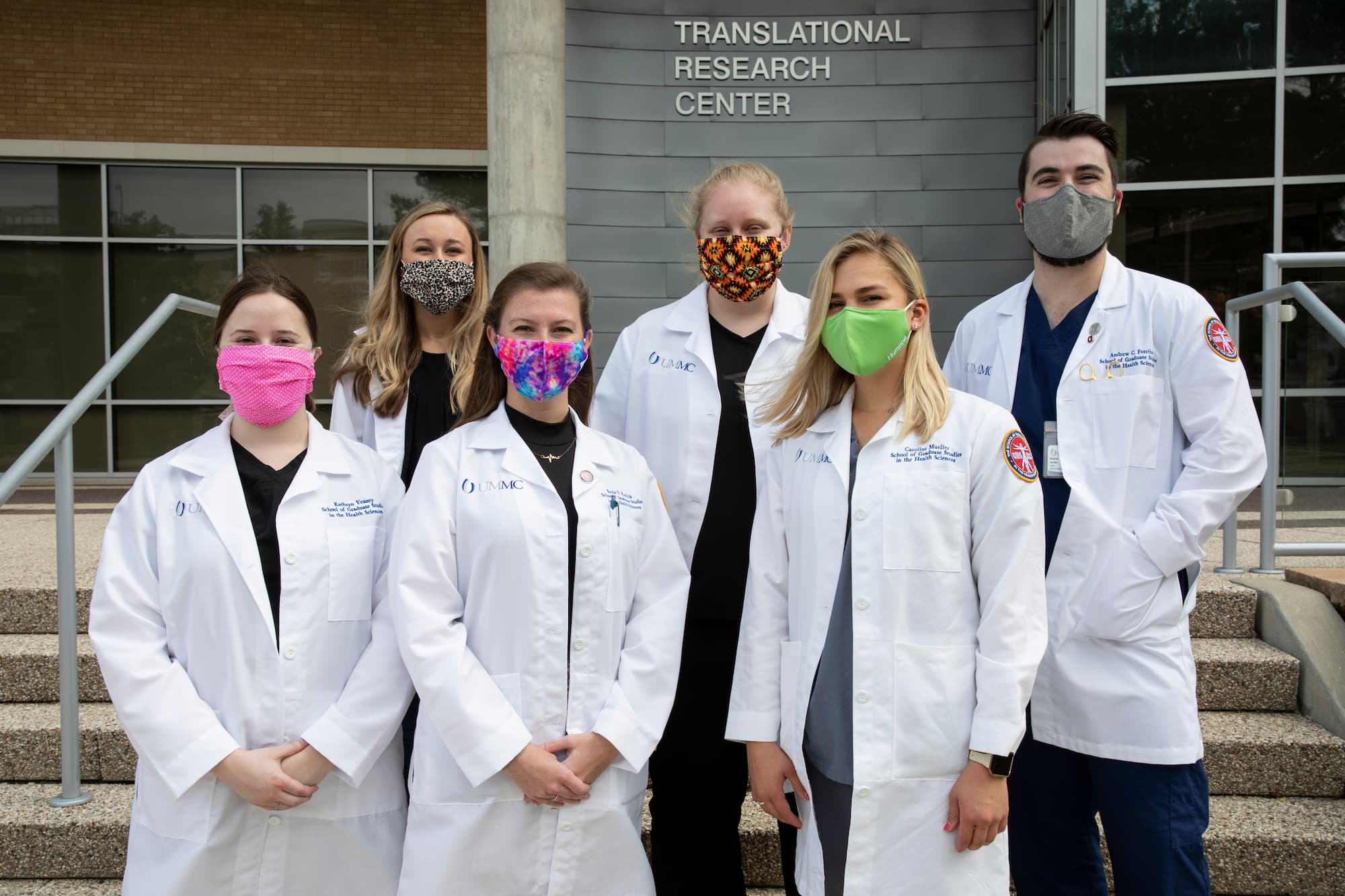Clinical Anatomy Program

The graduate program in Clinical Anatomy is a unique doctoral program focusing on three tenets of anatomical education: anatomical content knowledge, educational knowledge, and education research knowledge. The interaction of these tenets is critical to successful teaching in the anatomical sciences in the future, as health sciences education begins a rapid evolution to produce the next generation of health care providers and educators.
The overarching goal of this program is to produce doctoral graduates who are proficient in each tenet and in the interaction of the tenets. The program trains students for professional careers as master educators in the anatomical sciences for the benefit of training future health care professionals. Graduates are also well versed in educational research, having completed scholarly works on the teaching and learning of anatomy in a variety of health science contexts.
The Clinical Anatomy PhD program enrolled its first student in 2014 after a major revision of the original PhD in Anatomy Program. The program was revised further in 2018 to further equalize the focus on the three major areas of the program. This revision included the creation of stand-alone research courses, graduate level education courses, and more options for teaching practicums for the enrolled students.
The Clinical Anatomy Program has been successfully moving students through the program and have seen our graduates acquire quality job opportunities. To date, the current program has graduated five students with their PhD in Clinical Anatomy. All of these alumni are currently working in Academic Medical Centers and are teaching in a variety of health science programs.
The current program is home to six PhD students. One first year student is responsible for taking anatomy content courses and education courses. The other five students have moved to the candidacy phase of the program, having completed the qualifying examination taken as early as the end of the first year of the program. The current examination requires students to demonstrate a high level of anatomical knowledge in four areas; gross anatomy, developmental anatomy, histology and cell biology, and neuroscience. Students are also required to demonstrate proficiency in teaching skills by presenting a short lecture and demonstrating an active learning session. After completing this, students move into teaching practicums, gaining experience in the anatomical disciplines as well as in different health science contexts (medical, dental, health sciences, etc.). Students also work on research projects which will culminate in a first author publication. Students will also complete a dissertation project in a Clinical Anatomy area, working to expand the knowledge of teaching and learning in anatomy or in contributing to the application of anatomy in the clinical context.


